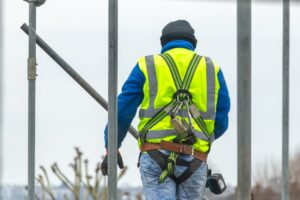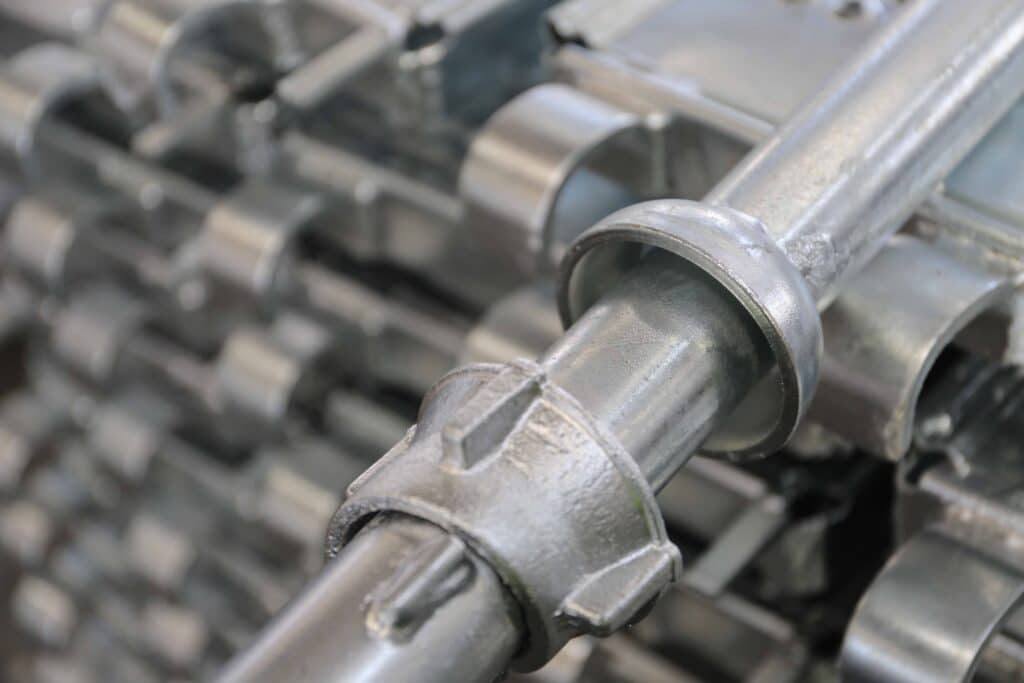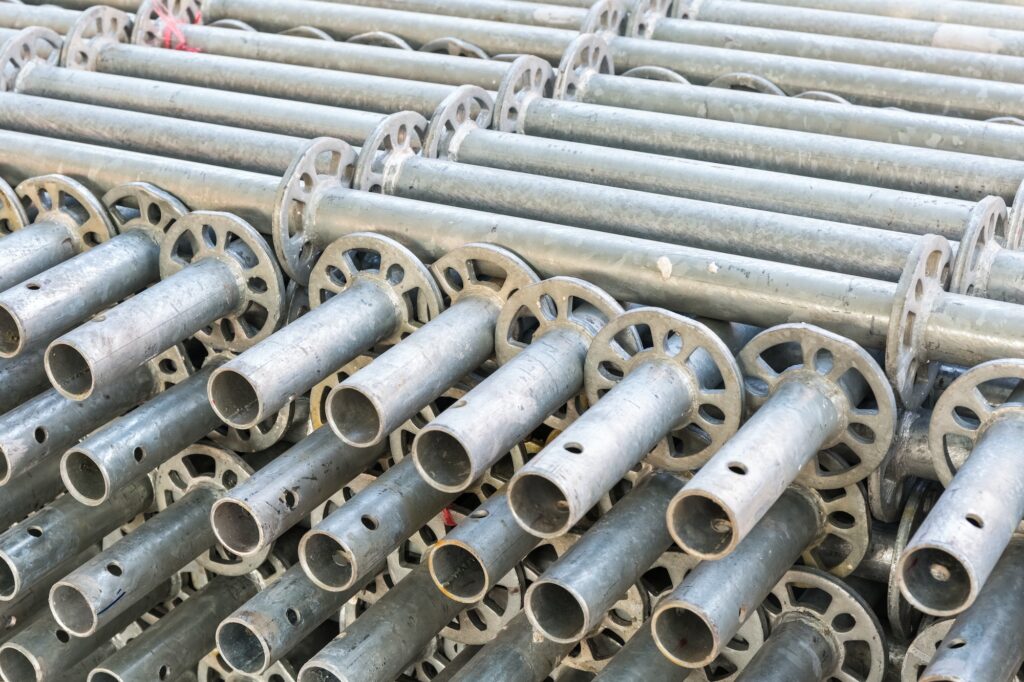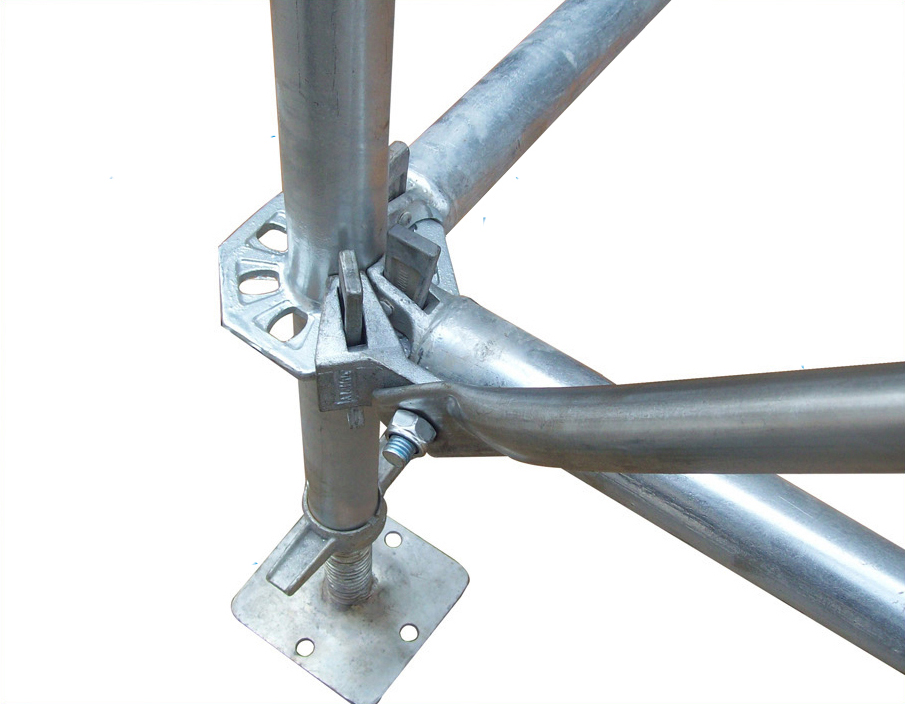Table of Contents
ToggleIntroduction
In Singapore’s bustling construction industry, scaffolding plays a crucial role in ensuring the safety and efficiency of various projects. Whether you’re working on a high-rise building, renovating a commercial space, or maintaining infrastructure, understanding the types of scaffolding available and their specific applications can help you choose the right equipment for your needs. This comprehensive guide covers the main types of scaffolding used in Singapore, including supported scaffolding, suspended scaffolding, frame scaffolding, modular scaffolding, mobile scaffolding, cantilever scaffolding, and tube and coupler scaffolding. We’ll highlight their features, benefits, and suitable applications to help you make an informed decision.
Supported Scaffolding
What is Supported Scaffolding?
Supported scaffolding is the most common type used in Singapore. It comprises vertical poles, horizontal beams, and platforms, firmly anchored to the ground. This type provides support and stability, making it ideal for various construction tasks. In Singapore, supported scaffolding systems prominently feature Octagonlock scaffolding and ringlock scaffolding. These systems are well-regarded for their robustness and versatility, essential for the region’s dynamic construction needs.
Supported scaffolding and Modular scaffolding are suitable for a range of applications, but modular scaffolding is particularly favored for projects that require frequent adjustments and flexibility in design. Supported scaffolding is preferred for projects that demand maximum stability and support.


- Octagonlock scaffolding is a highly efficient and versatile system that offers excellent stability and support for various construction tasks. It is characterized by its unique octagonal rosette, which allows for multiple connections at various angles. This flexibility makes it ideal for complex structures and large-scale projects. The system is known for its ease of assembly, high load-bearing capacity, and enhanced safety features, making it a popular choice for many construction companies in Singapore.

- Ringlock scaffolding is another widely used supported scaffolding system in Singapore. It is known for its adaptability, with a rosette node point that allows up to eight connections. This system is preferred for its high load capacity and safety standards, making it suitable for various construction applications, including high-rise buildings and infrastructure projects.

Features and Benefits:
- Stability: Strong and stable, suitable for heavy-duty tasks.
- Versatility: Can be used for different heights and configurations.
- Ease of Assembly: Simple to set up and dismantle, reducing labor costs.
Applications:
- Building renovations
- Painting projects
- Repair work
Suitability:
- Ideal for projects requiring strong support and stable working platforms.
- Suitable for both small and large projects.
Suspended Scaffolding
What is Suspended Scaffolding?
Suspended scaffolding is hung from the top of a building using ropes, wires, or chains. This allows for vertical mobility, making it perfect for high-rise structures.

Features and Benefits:
- Vertical Mobility: Easily moveable up and down.
- Accessibility: Provides access to hard-to-reach areas.
- Efficiency: Quick to adjust, enhancing productivity.
Applications:
- Window cleaning
- Exterior painting
- High-rise building maintenance
Suitability:
- Best for high-rise projects requiring frequent repositioning.
- Ideal for maintenance and cleaning tasks.
Frame Scaffolding
What is Frame Scaffolding?
Frame scaffolding consists of steel frames, planks, and braces that form a stable working platform. It is one of the simplest types to assemble and dismantle.

Features and Benefits:
- Simplicity: Easy to set up and take down.
- Cost-Effective: Lower labor costs due to its simplicity.
- Durability: Made from robust materials.
Types of Frame Scaffolding:
- Mason Frame Scaffolding: Known as masonry or bricklayer scaffolding, this type is quick to erect and dismantle, featuring ladder rungs for easy access. It’s durable and can withstand harsh job site conditions.
- Walk-Thru Frame Scaffolding: These frames are open in the middle, allowing scaffolders to walk through even while carrying equipment. It’s used for creating long working platforms along buildings.
- Packaged Scaffold Sets: This consists of a set of mason frame scaffolds equipped with cross braces and other accessories, which can be piled up to increase the height of access.
Applications:
- General construction
- Masonry work
- Interior renovations
Suitability:
- Suitable for repetitive, straightforward tasks.
- Best for small to medium-sized projects.
Modular Scaffolding
What is Modular Scaffolding?
Modular scaffolding is a broad term that encompasses various types of scaffolding systems, including Ringlock scaffolding, Octagonlock falsework scaffolding, Cuplock scaffolding, and Kwikstage scaffolding. Each country’s market preferences vary, often based on the most widely accepted and used systems in that region. For example, Kwikstage scaffolding is popular in Australia, while Cuplock scaffolding is commonly used in Middle Eastern countries. In Singapore, many large-scale projects favor the Octagonlock falsework scaffolding, although Ringlock scaffolding remains widely used.


Features and Benefits:
- Flexibility: Can be adapted to complex architectural designs.
- Quick Assembly: Prefabricated components speed up setup.
- Safety: Designed with enhanced safety features.
Applications:
- Complex construction projects
- Irregular facades
- Large infrastructure projects
Suitability:
- Ideal for projects with unique designs or shapes.
- Suitable for both internal and external construction work.
Mobile Scaffolding
What is Mobile Scaffolding?
Mobile scaffolding typically refers to scaffolding with caster wheels at the base. Both modular scaffolding and frame scaffolding can be equipped with base jacks that have caster wheels, or the wheels can be directly inserted into the scaffolding pipes to facilitate movement. In Singapore, mobile scaffolding is predominantly associated with aluminum scaffolding mobile towers, made from aluminum alloy 6061-T6. These towers often include internal ladders, allowing workers to climb up from inside. Most mobile scaffolding towers can accommodate 2-3 workers at a time, providing a stable and portable platform for various tasks.



Features and Benefits:
- Mobility: Easy to move, enhancing flexibility.
- Convenience: Reduces the need to disassemble and reassemble.
- Versatility: Suitable for various tasks.
Applications:
- Indoor renovations
- Large area coverage
- Painting and maintenance tasks
Suitability:
- Best for projects that require constant movement.
- Ideal for indoor and large-scale projects.
Cantilever Scaffolding
What is Cantilever Scaffolding?
Cantilever scaffolding extends out from a building at an angle, supported by needles anchored within the structure. It’s used when ground support is not possible.

Features and Benefits:
- Reach: Allows access to areas above obstacles.
- Support: Strong and stable for difficult-to-reach areas.
- Adaptability: Can be configured for various structures.
Applications:
- Bridge construction
- High wall work
- Areas with ground obstructions
Suitability:
- Ideal for specialized tasks where ground support isn’t feasible.
- Suitable for both medium and large-scale projects.
Tube and Coupler Scaffolding
What is Tube and Coupler Scaffolding?
Tube and coupler scaffolding uses steel tubes with an outer diameter of 48.3mm, connected by fittings and couplers, which can be electroplated or hot-dip galvanized. These fittings include sleeve couplers, swivel couplers, and double couplers. While tube and coupler scaffolding offers high adaptability and strength, it is often more time-consuming and labor-intensive to erect and dismantle compared to other scaffolding systems.


Features and Benefits:
- Adaptability: Can be customized for complex structures.
- Strength: Suitable for heavy loads.
- Versatility: Flexible configuration options.
Applications:
- Industrial maintenance
- Complex construction projects
- Heavy-duty tasks
Suitability:
- Best for projects requiring customized solutions.
- Suitable for large and complex projects.
Conclusion
Understanding the various types of scaffolding available in Singapore is essential for selecting the right system for your construction project. Each type of scaffolding offers unique features and benefits, catering to specific applications. At RAPID (S.E.A.) Engineering Pte Ltd, we provide high-quality scaffolding solutions tailored to meet the diverse needs of our clients. Whether you need scaffolding rental or purchase, our team of experts is here to help you choose the best system for your project, ensuring safety, efficiency, and success.
By focusing on the practical applications and benefits of each type of scaffolding, this article aims to provide valuable insights for construction companies in Singapore, helping them make informed decisions for their projects.





